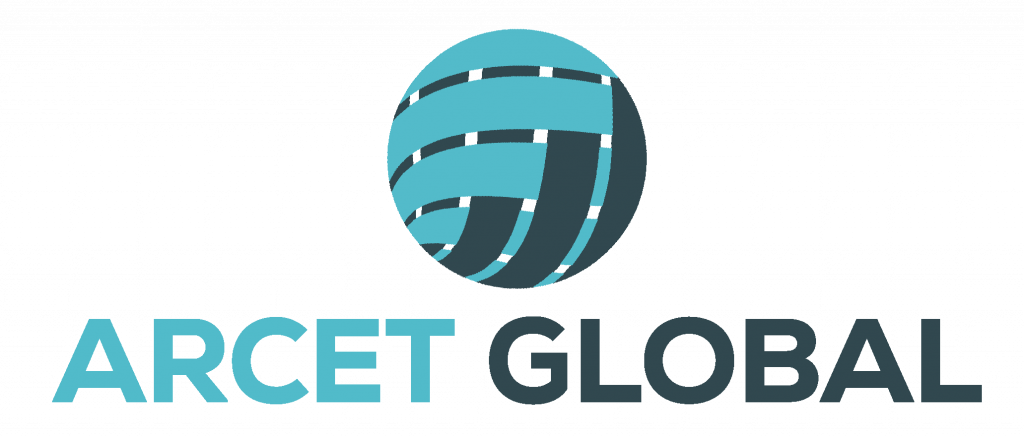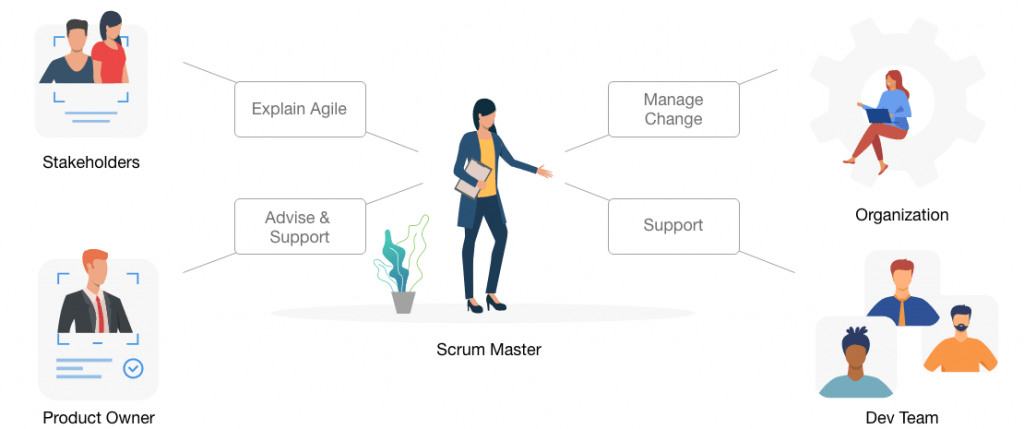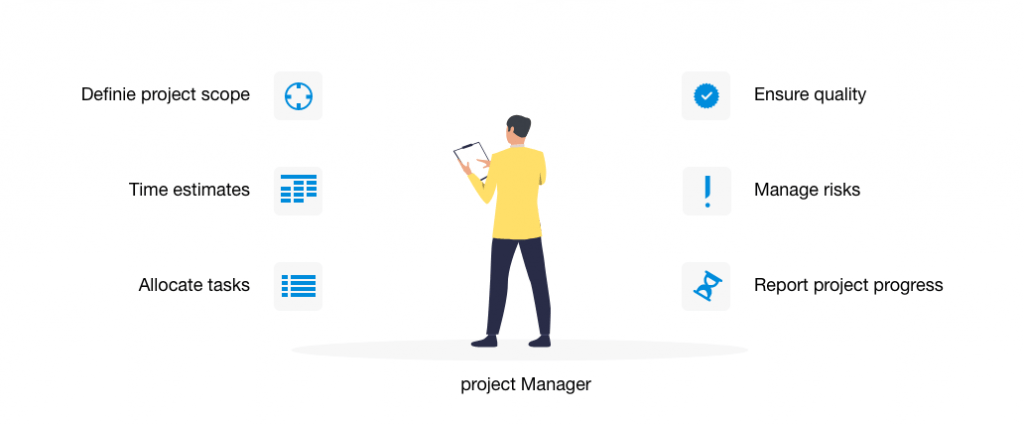

Attrecto team
In today’s fast-paced business world, maintaining an edge over the competition necessitates quick decision-making, potent efficiency, and staying ahead of the curve technologically. Increasingly, businesses are turning to artificial intelligence (AI) and specifically, large language models (LLMs) to have an advantage. It’s not just hype, either – these technologies are fundamentally transforming the way businesses operate, leading to increased efficiency and better-informed decision-making.
However, as with any transformational technology, knowing where to start can be daunting. It’s not enough to simply acknowledge the power of AI and LLMs; businesses must learn to integrate them seamlessly into their processes to fully reap the benefits. That’s where this guide comes in. From understanding the basics of LLMs to implementing them into your processes, we’ll cover it all. Sit back, read on, and start your transformative journey with AI and LLMs today.
UNDERSTANDING THE BASICS: WHAT ARE LARGE LANGUAGE MODELS AND WHY ARE THEY IMPORTANT?
Large Language Models (LLMs) are a subset of artificial intelligence specifically designed to understand, generate, and respond to human language in a sophisticated and nuanced manner. With advances in AI and machine learning, these models can now process vast language inputs (be it written text or spoken words) and deliver intelligent outputs.
LLMs operation is based on analyzing massive amounts of data, learning patterns, and building complex contextual relationships between words. This approach enables them to not only comprehend the literal meaning of a sentence but also to deduce underlying intentions or sentiments. The amazing thing about LLMs is that they effectively “understand” the complexities of a language, contemplating its idioms, slang, and even nuances.
So, why should businesses care? The primary advantage of LLMs is their ability to automate and streamline operations. For example, they can assist in customer service as chatbots or digital assistants, respond to emails, summarize documents, and even draft reports. This not only saves time but also reduces the need for manual intervention.
In the context of decision-making, LLMs offer unprecedented insights by performing complex data analysis. They can sift through vast amounts of data, identify trends, and offer actionable insights, which would be practically impossible for humans due to sheer volume and complexity. This paves the way for data-driven decision-making, assuring decisions are not based on hunches but on solid data analytics.
To sum up, LLMs offer an innovative approach to tackling business process efficiency and decision-making bottlenecks, with their ability to understand and process human language at a vast scale. In a fiercely competitive business environment, integrating LLMs is increasingly becoming not a luxury, but a necessity.
MAKING THE FIRST MOVE: IDENTIFYING THE RIGHT OPPORTUNITIES FOR LLM INTEGRATION IN YOUR BUSINESS PROCESS
Deciding to integrate an LLM into business operations is one thing, but pinpointing where to introduce this technology can be a challenge in itself. It isn’t a one-size-fits-all solution; businesses need to identify the processes most suitable for this innovation.
One way to navigate this challenge is to look into areas involving a large amount of text-based information processing. Customer support, for instance, often requires managing a vast quantity of text data through emails, chat platforms, and social media messages. LLMs can be used to automatically sort and respond to these communications, freeing up your staff for more complex tasks.
Similarly, the decision-making process can also benefit from LLMs. They could be used to analyse large pools of business data in textual forms such as reports, surveys, or customer feedback. LLMs can summarise these into digestible insights, so your decision makers can make more informed decisions fast.
Another ripe area for LLM integration could be routine and repetitive tasks, such as minute taking or report writing. LLMs can be trained to handle these tasks, maintaining consistency and precision, which human labour may falter in due to mental fatigue.
Lastly, remember that integrating LLM is a strategic move; it should add value and align with your overall business goals. Identify your business needs and target areas where process automation and faster decision-making could be beneficial. Evaluating your specific needs will help create a solid LLM integration plan for enhanced business efficiency and effective decision making.
STEP-BY-STEP INSTALLATION: IMPLEMENTING LLMS INTO YOUR BUSINESS OPERATIONS
Once you’ve identified the areas for LLM integration, the next step is the actual implementation, which can be outlined as a four-step process.
The first step involves setting clear objectives for your LLM implementation. This includes defining the specific tasks the LLM is expected to perform, establishing performance benchmarks for these tasks, and setting a timeline for achieving these goals. Remember, a well-defined goal is the first step towards successful implementation.
Next up is data acquisition and training. As LLMs rely heavily on data to learn and operate, it is crucial to supply them with high-quality, relevant data. This could be customer interaction histories, internal reports, or any other text rich data. Training an LLM with this data helps it understand the specific language patterns and nuances it’s likely to encounter in its operational environment.
The third step is to test the LLM in a controlled environment. Start by having your LLM perform its assigned tasks on a small scale. This prevents potential issues from causing major disruptions and allows you to monitor the LLM’s performance closely, tweak its settings, and optimize it for better results.
Finally, once you’ve confirmed that the LLM is performing up to expectations, you’re ready for full implementation. Start integrating it gradually into your business processes and closely monitor its impact.
Remember that this is not a one-and-done process; LLMs continue to learn and improve over time. Hence, it’s essential to continuously supply the LLM with new data and fine-tune the implementation as needed. With time and adjustments, your LLM can become a game-changing addition to your business operations.
MONITOR, ADJUST, IMPROVE: ENSURING LONG-TERM SUCCESS WITH YOUR LLM INTEGRATION
The real test of your LLM integration begins after full implementation. This is where the focus shifts to monitoring, adjusting and continuously improving the system. Consistent tracking of your LLM’s performance in the actual operational environment can provide insights into how well it’s aiding business efficiency and decision-making.
Yet, remember that even the best AI is not infallible. Bumps in the road can and will occur – inconsistencies may arise, and some tasks may not yield expected results. This is where your monitoring results guide you to make necessary adjustments. These adjustments could be anything from tweaking the LLM settings, retraining it with an enhanced data set, or even revisiting the original objectives if needed.
Finally, the beauty of AI and LLMs in particular is their ability to learn and improve over time. As more data feeds into the model and as your business evolves, the LLM should keep up, constantly learning and adapting. Therefore, assessing and refining your LLM is not just a one-off task but an ongoing process. It’s a journey to align the LLM to the shifting sands of your business landscape. It allows you to strive for continuous improvements, thereby paving the path for long-term success in your business.
FUTURE-PROOF YOUR BUSINESS: A CALL TO ACTION
Leveraging the power of Large Language Models can significantly streamline your business processes and decision-making strategies. If you’ve followed this guide meticulously, you are well on your way to harnessing the potential of AI for your business. These steps are not an event, they are the beginning of a transformative journey, one we at Attrecto Next Tech Digital Solutions are familiar with and have perfected over the years.
We have a track record in helping businesses achieve these transformations. Our dedicated team of AI developers, business analysts, and designers is poised to guide you through the process of integrating LLMs into your operations, from ideation to implementation, and to provide continuous support. With our end-to-end software solutions and AI services, amplifying your business efficiency and decision-making process is entirely achievable. Don’t wait – initiate your AI journey with us today and future-proof your business.
Download your free guide for development process in UX driven projects


































